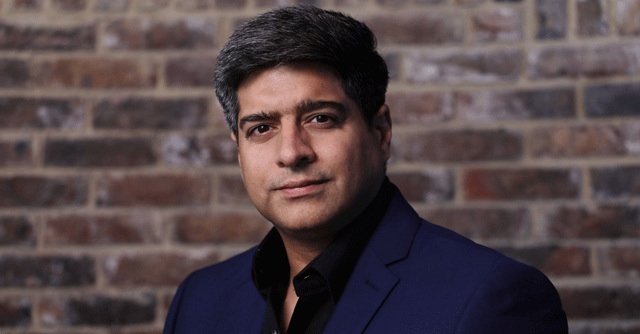
‘Getting more requests for VFX from Indian filmmakers’: Merzin Tavaria, DNEG


The Indian film industry hasn’t been known for its use for visual effects (VFX) for the longest time. However, more filmmakers are starting to look at VFX as an integral part of their films. For DNEG, a British VFX and animation company with studios in India, which has won seven Oscar awards for best VFX, most recently for Dune, India is already at the center of all activities. In an interview, Merzin Tavaria, President, Global Production and Operations at DNEG explained how the Indian film industry is changing. Edited excerpts:
How critical is the work you are doing in your India studios?
India is at the center of all our activities today. All our movie projects have some Indian component in them. We were clear from the beginning that we were not building India to be a back end for cheap labour. When we started there was no industry here. We had to build it with freshers and take it step-by-step. We have over 5,000 people in India now and that is only on the VFX and animation side. There are others who are working on ancillary services.

How is India emerging as a market for VFX in films?
India does not have as many VFX-heavy films. If we look at the global landscape, be it a Fast and Furious movie or a Marvel movie, there's so much VFX that the entire movie depends on it. Indian films have not been utilizing it to that extent as the script does not demand that kind of effect. However, that is changing. Every year VFX in Indian films has been growing. We are getting more requests nowadays from Indian filmmakers. We are also part of Brahmastra, an upcoming movie where VFX is very front and center. It is conceived with the intention that there'll be a lot of it built in the virtual world as well as shot to deliver it as a VFX product.
Is the Indian film industry mature enough to understand what it takes to get world-class VFX?

That maturity is still not there but it is coming. The expectation to have similar results as movies like Matrix has always been there. Today we are in a position to bring a lot of international technology and make it available to Indian filmmakers. We are trying to deliver the vision of a director utilizing VFX as a filmmaking tool and not just as a post-production tool. The days of post-production are gone. Today VFX starts almost in sync with the script writing and is part of the entire storytelling process.
Cost is often the stumbling block. Is there a way to get great VFX without spending much?
VFX provides a lot of flexibility. When you are shooting on a location with a crew of 100, the logistical challenges are huge and you have to make certain decisions right there. In VFX, you can try out more things from different angles and add more shots.

But you also have to realize that it is not free or cheap. When you do an action sequence on location there might be about 20 people involved from just the action team, but when you have a full-fledged action sequence in any one of the Hollywood movies, in the VFX space there might be anywhere up to 100 people trying to achieve that final look. If you're going to do a real set that is going to cost you three crores and if you think you can use VFX to do it in 50 lakhs, it is not going to happen. That's the part that sometimes gets misunderstood. It involves a large number of skilled people who have to be paid.
But many filmmakers in India are using game engines for VFX in movies as a cost-effective tool. How is that working out?
Unity and Unreal Engine have come a long way and we are starting to see so much benefit in their tools. In a few years, it will revolutionize filmmaking quite a lot. So yes there will be films that will use Unreal Engine completely. We've also done short animated films, which were completely done on Unreal Engine and they look fantastic. We do use those kinds of solutions. But they're used wisely in places where they make sense. They cannot be used across the board as one size fits all.

